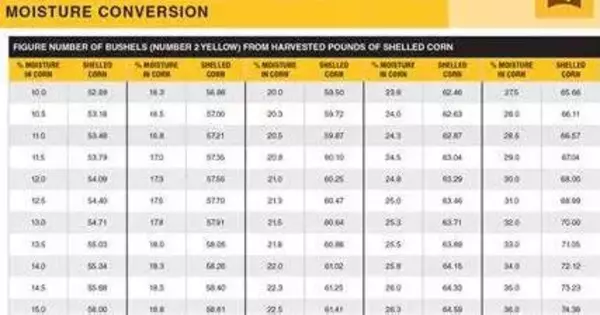Lyman Briggs and McLane (1910) offer moisture equivalent as a measure of field capacity for fine-textured soil materials. It is a concept used in soil science and agriculture to assess and describe a soil’s water-holding capacity. It denotes the amount of water retained in the soil after it has been saturated and allowed to drain freely. The ME is given as a percentage and is an important statistic for evaluating soil moisture properties.
Moisture equivalent is defined as the proportion of water that a soil can maintain in the face of a centrifugal force 1000 times that of gravity. It is determined by soaking a 1-cm thick sample of soil and subjecting it to a centrifugal force 1000 times gravity for 30 minutes.
The gravimetric water content after this treatment is its moisture equivalent. This concept is no longer used in soil physics, replaced by field capacity.
Lyman Briggs and Homer LeRoy Shantz (1912) found that:
Moisture Equivalent = 0.02 sand + 0.22 silt + 1.05 clay
Note: volume of water stored in root zone is equal to the depth of water in root zone (Vw=Dw)
Here’s how the Moisture Equivalent is typically determined:
- Saturation: Initially, the soil sample is completely saturated with water. This means that you add enough water to the soil so that it can hold no more, and any excess water drains away.
- Drainage: After saturation, the excess water is allowed to drain freely from the soil sample. This process mimics rainfall or irrigation, followed by drainage.
- Equilibrium: Once drainage has occurred and the soil has reached a point where it is no longer visibly draining, the moisture content of the soil is measured. This moisture content represents the Moisture Equivalent.
The Moisture Equivalent is stated as a percentage of the total weight of the soil sample divided by the weight of water retained in the soil. It provides an indication of how much water the soil can hold against gravity and aids in evaluating the available water capacity of a specific soil type.
Knowing a soil’s Moisture Equivalent is essential for agricultural and horticultural uses. It determines how frequently and how much irrigation is required for crops, as well as the soil’s water-holding capacity and ability to support plant development during dry seasons. Moisture Equivalents vary by soil type, with sandy soils often having lower values (less water-holding capacity) than loamy or clayey soils.
















